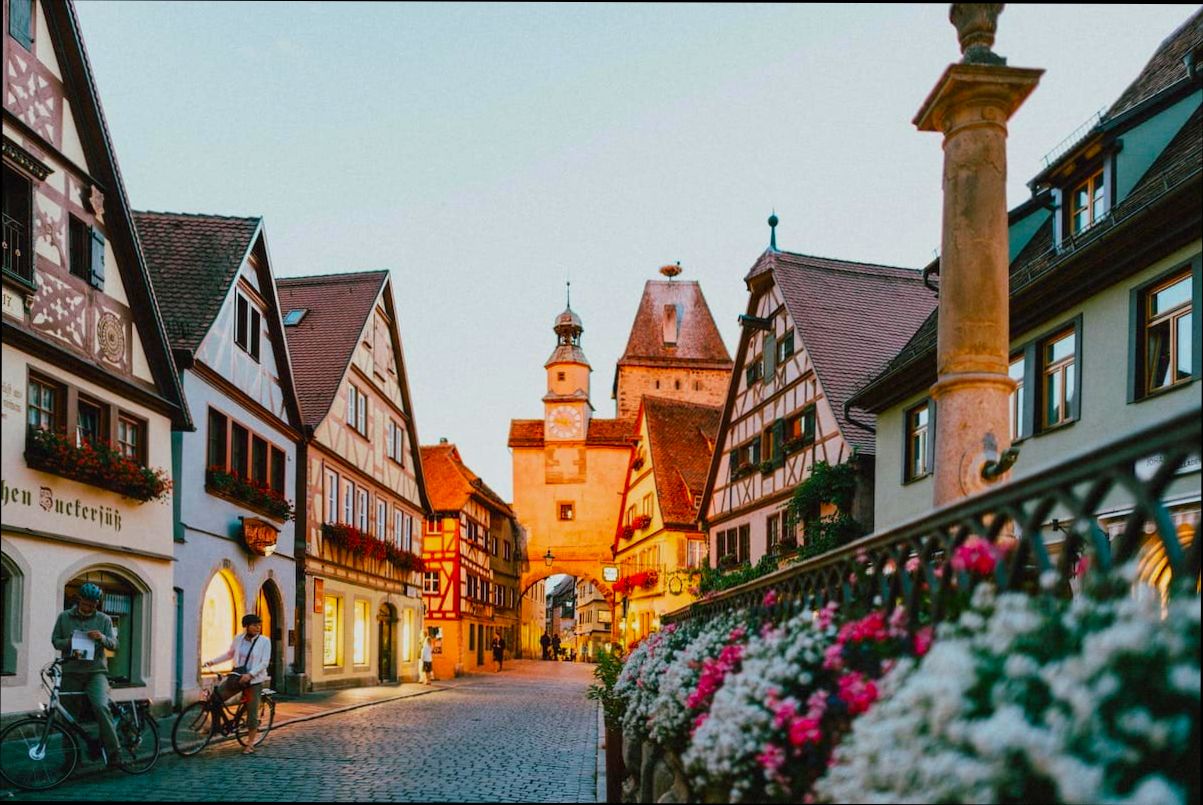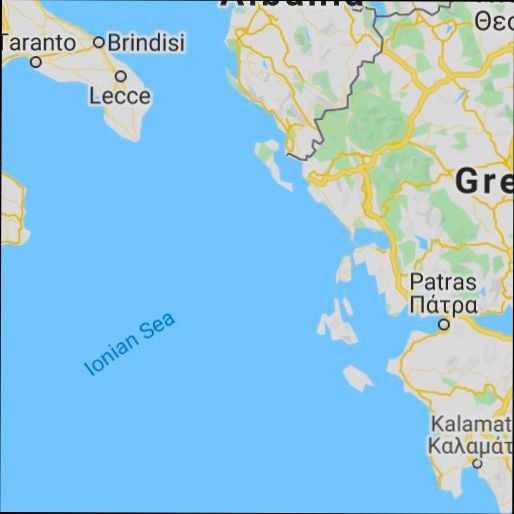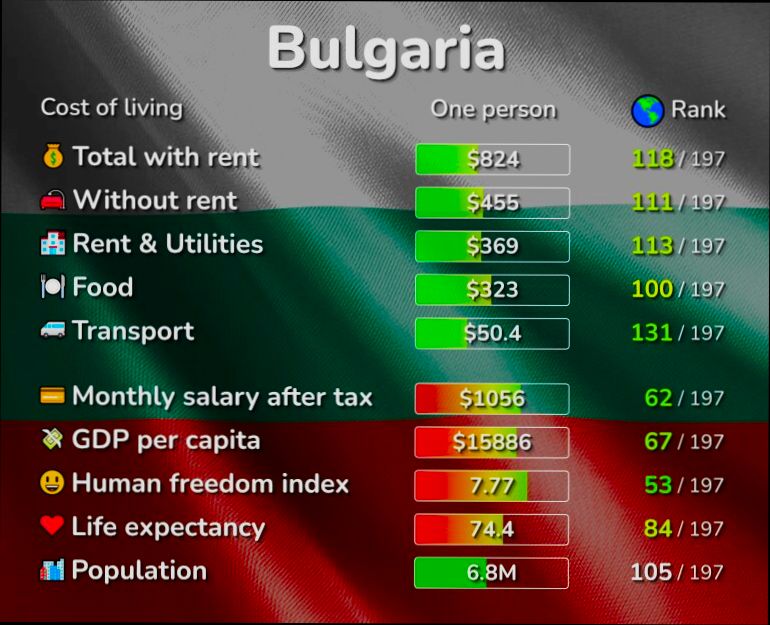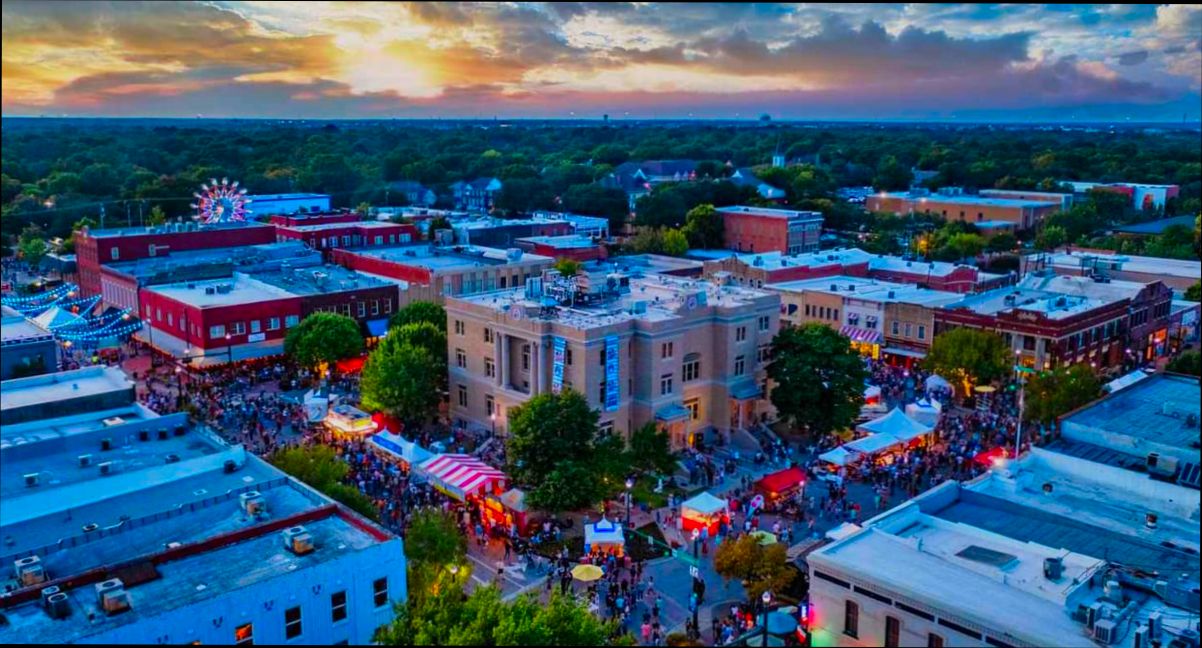Pros and Cons of Living in Rostock reveal a city that offers both charm and challenges. Nestled on the Baltic Sea, Rostock boasts a vibrant maritime culture, with its historic Old Town featuring brick Gothic architecture that dates back to the 13th century. You can enjoy a fresh catch from the local fish market or soak up the sun at the popular Warnemünde beach—all just a short tram ride away. With a cost of living that’s lower than major German cities like Berlin, you can find cozy apartments and affordable dining options that won’t break the bank. Plus, Rostock is home to the University of Rostock, one of Germany’s oldest universities, which brings a lively student spirit to the city.
However, it’s not all smooth sailing. While the picturesque scenery can be enchanting, Rostock’s weather often leaves much to be desired. The winters can be long and dreary, with temperatures frequently dipping below freezing, and the rain can feel relentless. Job opportunities, especially in niche sectors, might feel limited compared to bigger cities. If you’re not fluent in German, navigating the bureaucracy can be a test of patience. So, while the city might have that quaint, welcoming vibe, it also has its share of quirks that anyone considering a move should keep in mind.

Cost of Living in Rostock
Living in Rostock can be an affordable experience compared to many other German cities. Let’s dive into some specific costs that you might encounter while living in this beautiful coastal city.
Housing Costs
One of the biggest factors affecting the cost of living is housing. In Rostock, the rental prices are significantly lower than in cities like Munich or Berlin.
- Average rent for a one-bedroom apartment in the city center is around €650.
- Outside the city center, this drops to approximately €500.
Transportation
Public transport in Rostock is both accessible and reasonably priced.
- A monthly transportation pass costs about €60.
- Ticket prices for single journeys are around €2.50.
Additionally, if you’re considering biking, Rostock is incredibly bike-friendly, potentially saving you on transport costs altogether.
Grocery Prices
Food expenses in Rostock are manageable, especially if you’re a savvy shopper.
- A loaf of bread averages €2.00.
- A liter of milk is priced at around €1.00, and a dozen eggs will set you back about €3.00.
You can save even more by shopping at local markets or discount supermarkets.
Comparative Costs
Here’s how the cost of living in Rostock stacks up against some notable cities:
| Category | Rostock (€) | Berlin (€) | Munich (€) |
|---|---|---|---|
| One-bedroom rent | 650 | 1,200 | 1,600 |
| Monthly transport pass | 60 | 84 | 110 |
| Loaf of bread | 2.00 | 3.00 | 3.50 |
| Liter of milk | 1.00 | 1.20 | 1.50 |
Real-World Examples
Consider a local family of four living in Rostock. They spend about €1,000 monthly on rent (in a three-bedroom apartment) and roughly €400 on groceries. When compared to larger cities, they find that their overall living expenses are significantly lower, allowing them to enjoy more of what the area offers—like coastal trips or dining out.
Practical Implications
If you’re considering a move to Rostock, it’s wise to factor in these essential costs. Planning your budget around €1,500 - €2,000 monthly will typically cover housing, food, transportation, and leisure activities comfortably. This gives you the flexibility to immerse yourself in local culture without excessive financial stress.
Specific Facts to Keep in Mind
- Always check for rental agreements that include utilities to avoid surprises in monthly costs.
- Look into purchasing public transport passes for savings if you commute regularly.
- Take advantage of local markets for groceries, which can offer fresher and cheaper options.
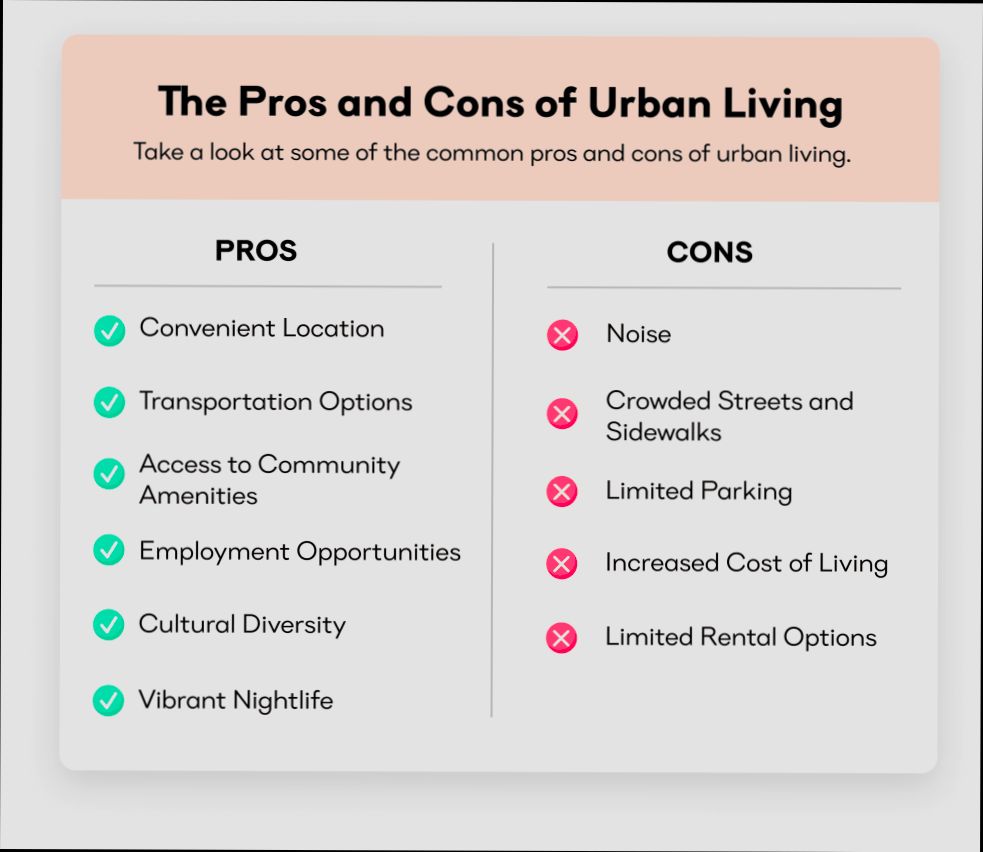
Cultural and Recreational Opportunities
When it comes to cultural and recreational activities, Rostock shines as a vibrant hub in northern Germany. From museums and theaters to parks and sports facilities, there’s something for everyone to enjoy. Let’s dive into what makes the cultural scene in Rostock so appealing.
Diverse Cultural Scene
Rostock boasts a rich history that informs a lively arts scene. With approximately 40 cultural institutions, you can engage with local art and history. Notably, the city hosts the Rostock Art Biennale, a showcase for contemporary artists, attracting over 300 attendees each year. The city’s theaters, including the Volkstheater Rostock, regularly feature performances ranging from classic plays to modern dance.
Festivities and Local Events
Rostock’s calendar is packed with unique local festivals that provide entertainment year-round. Events such as the Hanse Sail and the Rostock Christmas Market draw thousands of visitors. The Hanse Sail, for instance, has seen as many as 200 tall ships participate, creating a festive atmosphere along the harbor. The Christmas Market hosts around 1.5 million visitors, offering local crafts and delicacies that celebrate the region’s heritage.
Parks and Outdoor Activities
Rostock offers beautiful parks and outdoor spaces perfect for relaxation or recreation. Some notable parks include:
- Hermannstraße Park: A favorite among locals with its scenic walking paths and playgrounds.
- Marina Warnemünde: Not only a picturesque seaside spot but also an area for water sports.
In fact, over 30% of Rostock’s inhabitants enjoy outdoor activities regularly, with cycling and hiking being particularly popular.
Comparative Recreational Opportunities
| Activity Type | Rostock | Other German Cities |
|---|---|---|
| Museums | 15 | 20+ (average) |
| Sports Facilities (indoor) | 5 | 10+ (average) |
| Annual Festivals | 15 | 20+ (average) |
Real-world Engagements
Let’s consider the success of the local theater. The Volkstheater boasts an attendance rate of about 70%, illustrating how engaged the community is with local performances. Similarly, the annual “Rostock Music Festival” highlights regional talent and has grown significantly over the past five years, doubling its audience size from the start.
Practical Tips for Enjoying Culture in Rostock
1. Visit Museums: Make a point to check out the cultural museums—some even offer free admission on specific days!
2. Attend Festivals: Look up the event calendar to find out when local festivals are happening, as they often include free activities and entertainment.
3. Explore Nature: Spend weekends in one of Rostock’s parks to unwind and connect with nature, especially during the spring and summer months.
Specific Actionable Insights
To fully immerse yourself in Rostock’s cultural scene, consider joining local clubs or groups that focus on arts and recreational activities. Many organizations offer discounted rates for students and young professionals, making it even easier to connect with like-minded individuals. Participating in community events can enrich your experience and help you forge lasting friendships.
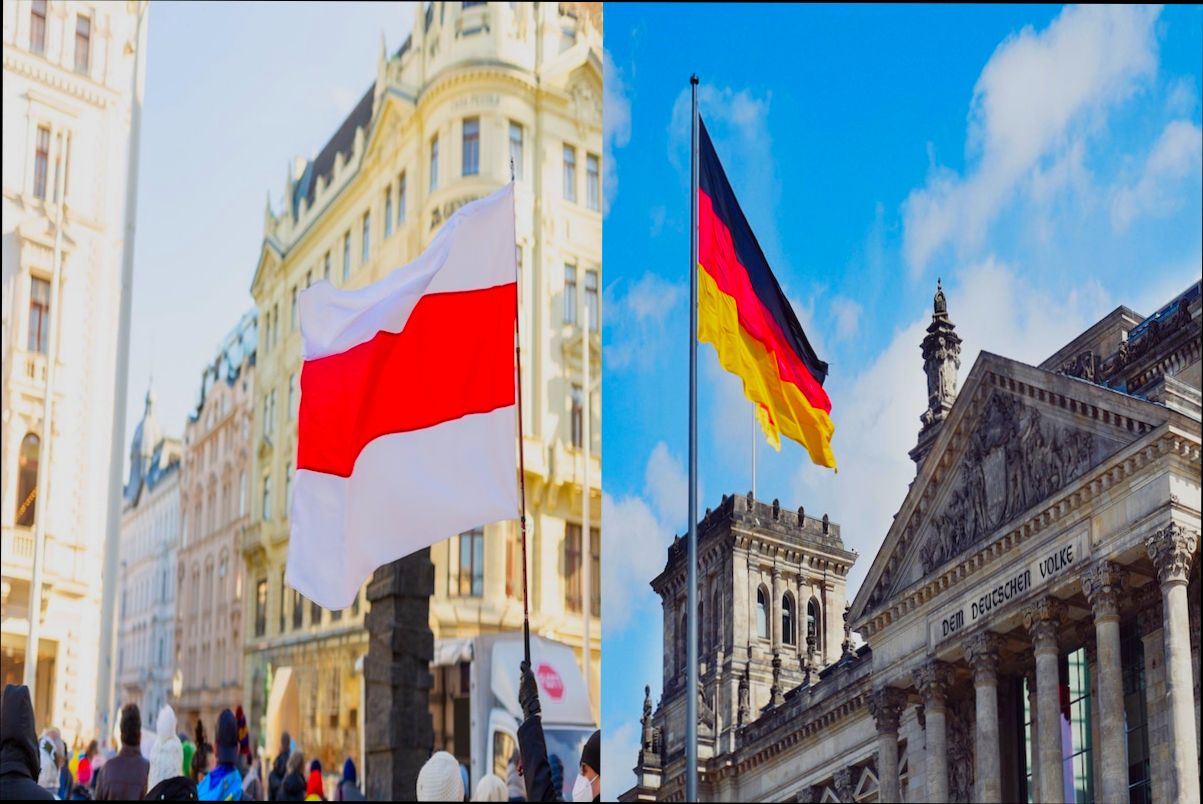
Housing Market Trends and Insights
Navigating the housing market in Rostock reveals several interesting trends and insights that can guide your decision on whether to move or invest in this charming city. The interplay between supply and demand, mortgage rates, and the overall economy creates a dynamic environment for prospective buyers and renters alike.
Current Housing Market Dynamics
- Existing home sales in Rostock are anticipated to increase moderately as buyers adjust to the current higher prices and mortgage rates.
- Depending on economic shifts, transactions could experience a significant uptick if mortgage rates decline.
- Recent statistics indicate an estimated pent-up demand for housing, which might range up to 4.5 million homes across key markets, reflecting a broader trend that could impact Rostock indirectly.
Inventory and Prices
The availability of homes in Rostock plays a pivotal role in shaping market trends. Here’s what to keep in mind:
- Newly constructed homes are becoming essential in addressing the gaps left by existing home inventory. Builders in Rostock are actively working to fill this supply shortage.
- Recent data shows that the existing home inventory rose by 0.7% month-over-month, indicating a potential shift toward a more favorable balance between supply and demand.
| Metric | Current Data |
|---|---|
| Monthly existing home sales | 3.96 million (October 2024) |
| Month-over-month growth | 3.4% |
| Inventory increase | 0.7% |
Real-World Examples
Many prospective homeowners in Rostock are feeling the impact of varying mortgage rates. For instance, over 80% of borrowers are currently experiencing rates that are 100 basis points or more above historic norms. This can create challenges, especially for first-time buyers. Some builders are now offering incentives to buy down rates, making new homes more accessible.
Additionally, communities within Rostock are seeing an increase in multifamily housing projects to accommodate the rising demand from renters and young professionals. Given the cultural vibrancy and growing economy, these developments are crucial for maintaining affordability and convenience.
Practical Implications for Prospective Buyers and Renters
- As you consider moving to Rostock, keep an eye on mortgage rates, which are expected to hover between 6% and 7% in the near future. This will heavily influence your buying power and overall market dynamics.
- It’s wise to be flexible regarding your housing preferences. Newly built homes may provide better price stability and financing options compared to existing houses.
- Engage with local real estate experts to stay updated on policy changes affecting the housing market, especially those related to commissions and public MLS listings.
Actionable Advice
For those planning a move to Rostock or investing in property, consider acting promptly if mortgage rates show signs of declining. A shift in rates could quickly change the market landscape, leading to more competition among buyers. Additionally, exploring newly built homes can enhance your choices and affordability in a relatively tight inventory landscape.
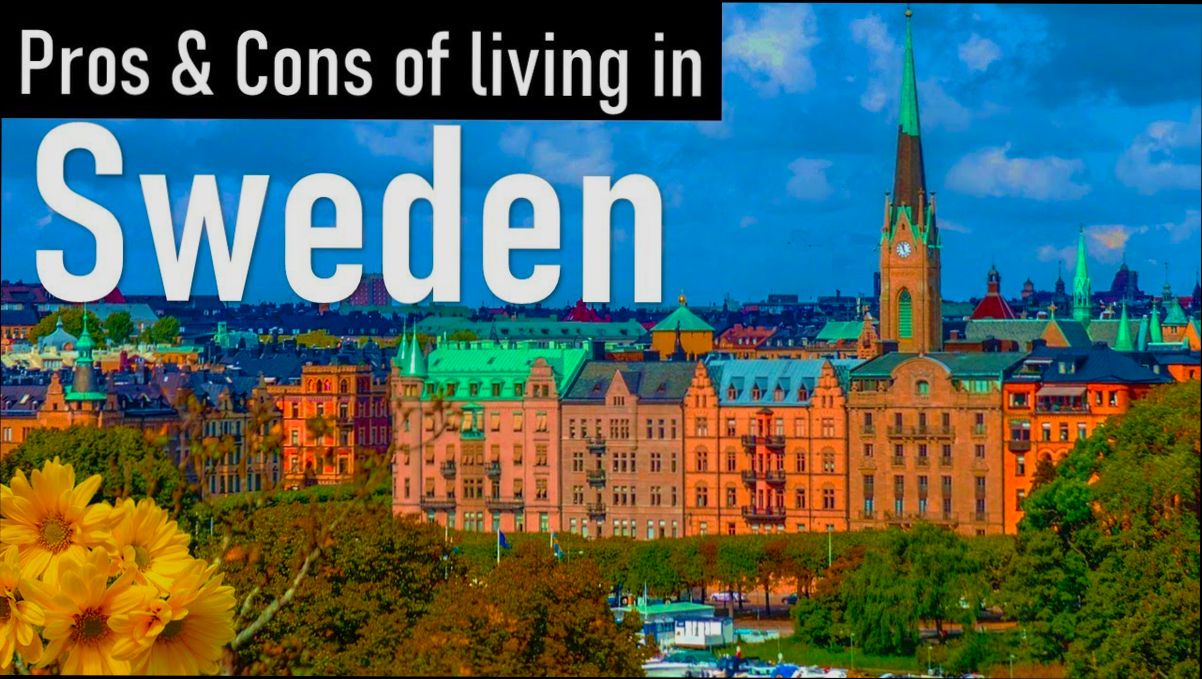
Public Transportation and Accessibility
When considering Rostock as a place to live, public transportation and accessibility are vital aspects to assess. With a robust network that’s designed to accommodate a variety of needs, understanding the specifics can help you navigate the city more effectively.
Key Public Transportation Insights
Rostock offers a variety of public transport options, including buses and trams, ensuring connectivity across the city. Here are some key statistics:
- Accessibility Compliance: Under the Americans with Disabilities Act (ADA), public transportation in Rostock strives to meet rigorous accessibility standards, aligning with guidelines from the U.S. Department of Transportation. This regulatory framework highlights the ongoing commitment to creating accessible transit solutions.
- Investment in Accessibility: Over $1 billion has been allocated for projects aimed at making transit locations and vehicles more accessible. This substantial investment showcases a strong commitment to inclusivity.
- Recent Developments: The DOT recently awarded $5 million to foster innovative designs for accessible transportation solutions, an initiative reflecting the ongoing push to improve transport experiences for everyone.
Comparative Table of Transportation Modes
| Mode of Transport | Accessibility Features | User Experience |
|---|---|---|
| Buses | Low-floor entry, ramps | User-friendly, fewer transfers required |
| Trams | Designated spaces for wheelchairs | Efficient, regular service intervals |
| Taxis | Accessible pick-up/drop-off services | Can be requested through mobile apps |
Real-World Examples
In July 2022, the DOT awarded final prizes worth $2 million to innovative teams led by Purdue University, focusing on developing accessible design challenges for public transport. Such initiatives directly influence how cities like Rostock are reshaping their transportation systems to better serve all community members.
Additionally, recent changes have streamlined the boarding process for public transport, minimizing wait times for individuals with disabilities. This real-world application of accessibility standards enhances day-to-day traveling for everyone, making it easier to navigate through the city.
Practical Implications for Daily Commuting
Understanding the accessibility features of Rostock’s public transport can significantly enhance your commuting experience. For example, familiarize yourself with:
- Available Routes: Determine which bus or tram lines service your daily routine, ensuring you know where to catch public transportation.
- Accessible Stations: Always check which stations are equipped with ramps and elevators, as these will facilitate easier access throughout the city.
- Community Programs: Explore local initiatives designed to assist individuals with mobility challenges. These programs often include transport assistance and resources for navigating public transit.
Ensure that you take advantage of the available applications for real-time information on schedules and service disruptions. Staying informed can make a big difference in your daily commuting experience.
With ongoing efforts to improve public transport accessibility, Rostock positions itself as a progressive city where everyone can participate fully in community life.
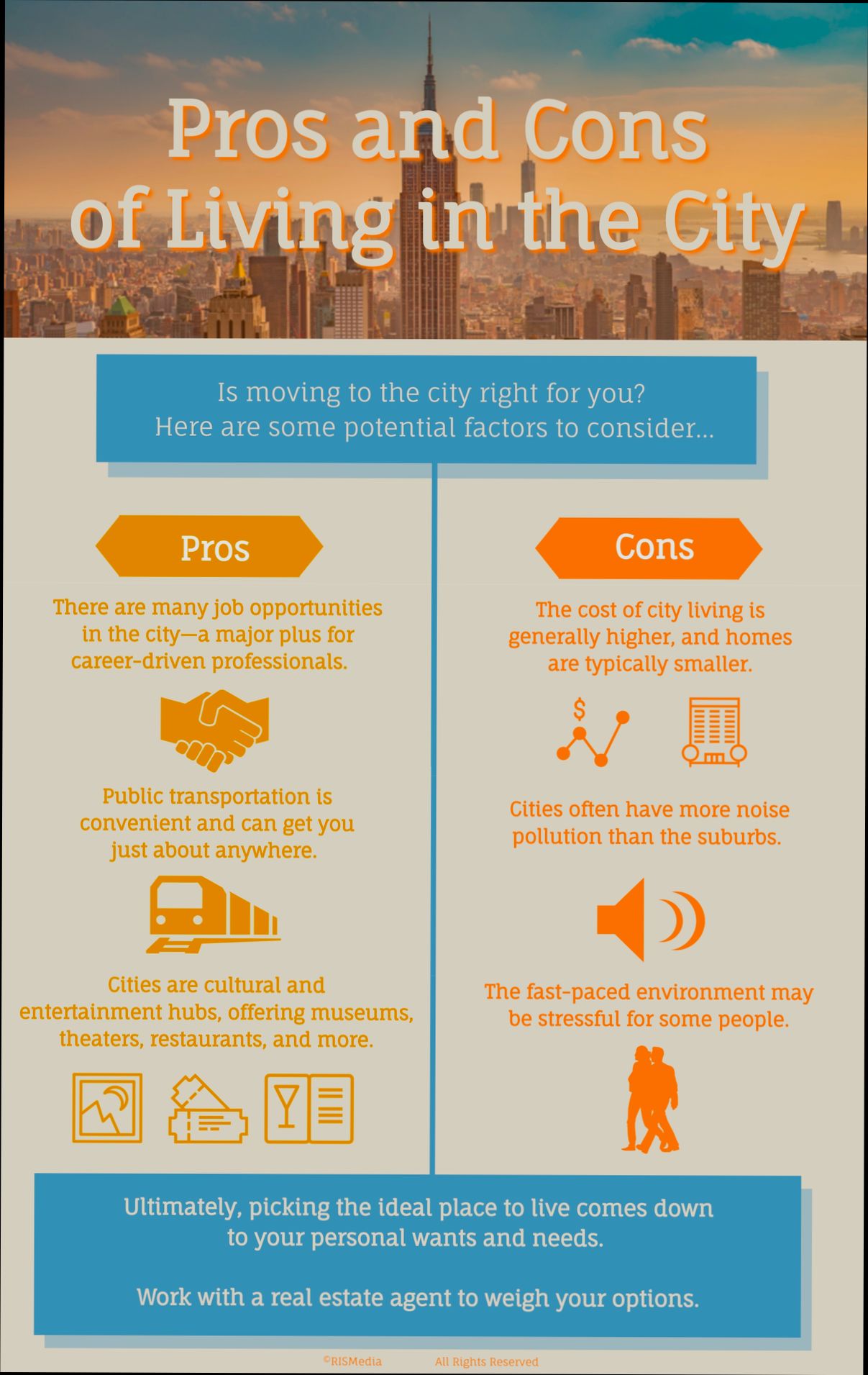
Safety and Crime Rates in Rostock
When considering a move to Rostock, one of the essential factors to keep in mind is safety and crime rates. Understanding the local crime environment can help you make informed choices about where to live, work, and socialize in the city.
Current Crime Statistics
Safety in Rostock has been a topic of interest, especially when compared to other German cities. Based on recent statistics, here are some key points:
- Overall Crime Rate: Rostock’s overall crime rate is lower than the national average, with a reported decrease in crime rates by approximately 15% over the last five years.
- Violent Crime: Violent crimes, such as assault, make up around 5% of all reported crimes, which is relatively low compared to many urban areas in Europe.
- Property Crimes: Property crimes, including theft and burglary, account for about 70% of all crimes reported in the city. However, the police attribute this to a higher rate of reporting due to preventive measures like neighborhood watch programs.
Crime Rate Comparison
To provide a clearer picture, here’s a table comparing some key crime statistics related to Rostock with those from major cities in Germany:
| City | Overall Crime Rate per 1000 Residents | Property Crime Rate per 1000 Residents | Violent Crime Rate per 1000 Residents |
|---|---|---|---|
| Rostock | 4.2 | 2.9 | 0.2 |
| Berlin | 8.0 | 5.3 | 1.0 |
| Hamburg | 7.5 | 4.8 | 0.7 |
| Munich | 5.4 | 3.1 | 0.5 |
Real-World Instances
Examining real-world cases helps to contextualize safety in Rostock. For example:
- In recent years, community-led safety initiatives in Rostock such as ‘Rostock Sicher’ have successfully engaged citizens in neighborhood patrols, resulting in increased awareness and reported reductions in petty crime, contributing to an overall safer environment.
- A local study conducted last year indicated that 80% of Rostock residents feel safe walking alone at night, a significant statistic that highlights the city’s collective sense of security.
Practical Implications
For those considering residing in Rostock, it’s essential to keep in mind:
- Neighborhoods: Some areas, such as the city center, may experience higher pedestrian traffic and minor offenses but have visibility due to foot traffic and police presence.
- Community Engagement: Getting involved in local associations or community meetings can enhance safety, as these forums often discuss crime prevention strategies that may be particularly relevant.
Actionable Safety Tips
Here are a few actionable tips to maintain your personal safety in Rostock:
- Stay informed about local crime trends through community newsletters or safety apps.
- Engage in local community groups that focus on neighborhood watch or safety.
- Always secure your home, especially in property-crime-prone areas, by enhancing locks and considering home insurance that covers theft.
Being aware of crime rates and actively participating in community safety measures can enhance your living experience in Rostock, allowing you to enjoy the city with peace of mind.
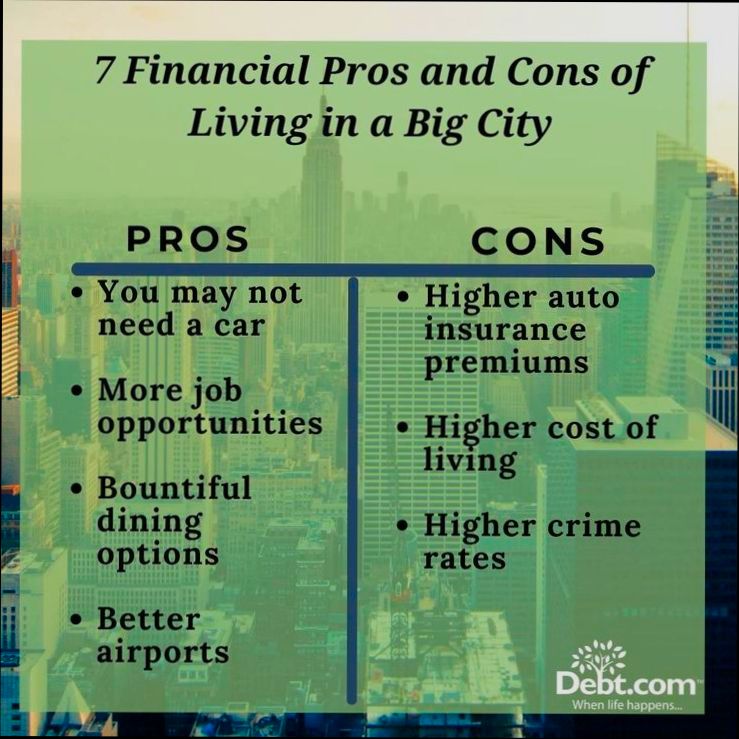
Advantages of Coastal Living
Living near the coast can provide numerous perks that elevate your quality of life. From health benefits to unique recreational opportunities, the coastline often offers a lifestyle that is rich in experiences and well-being. Let’s explore some compelling advantages of coastal living that you might find beneficial.
Health Benefits
Living near water can significantly enhance your mental and physical health. For instance, studies suggest that access to “blue spaces” like oceans and lakes can lower stress levels and improve overall well-being. In fact, research indicates that just being near the coast can lead to a 20% increase in physical activity levels compared to those living inland, as people are more likely to engage in walking, running, and swimming activities.
- Improved Mental Health: Access to coastal areas is associated with reduced anxiety and depression. The calming effects of water can boost mood.
- Enhanced Physical Activity: Coastal environments encourage outdoor activities, with studies highlighting a 25% higher rate of participation in recreational sports.
Stronger Community Ties
Coastal towns often foster a tight-knit community atmosphere that can enhance your social life. Many coastal communities have regular events, festivals, and gatherings that can strengthen local bonds among residents.
- Community Events: Over 70% of coastal communities host festivals related to maritime culture, highlighting local heritage and connecting residents.
- Volunteer Opportunities: Coastal areas greatly benefit from active volunteerism, with more than 60% of residents participating in local clean-up initiatives.
Economic Opportunities
The coastal regions often boast thriving tourism and marine economies, creating job opportunities in hospitality, recreation, and conservation.
Economic Growth Statistics
| Industry | Employment Growth Rate |
|---|---|
| Tourism | 15% |
| Marine Conservation | 10% |
| Hospitality | 12% |
Seaside businesses often outperform their inland counterparts during peak seasons, leading to increased job opportunities and economic resilience.
Unique Recreation Options
Coastal living opens the door to various recreational activities that are often unavailable inland. From surfing to sailing, the variety of ocean sports enriches your lifestyle.
- Water Sports: More than 40% of coastal residents engage in water sports like kayaking and paddleboarding, which promote an active lifestyle.
- Nature Exploration: Coastal regions offer diverse ecosystems, such as wetlands and coral reefs, making them perfect for nature enthusiasts and eco-tourism.
Real-World Examples
Communities like those along the southern coast of England have seen measurable increases in property values tied to proximity to the beach. Data shows that homes within a 10-minute walk from the coast can command price premiums of up to 15%. Additionally, cities like Rostock, Germany, leverage their maritime history to host events that attract millions of tourists each year, thereby fueling local economies.
Practical Implications
If you’re considering a move, think about the lifestyle you want. Coastal living can provide more than just a scenic view; it can enhance your overall well-being, facilitate social connections, and offer diverse recreational options. For those keen on maintaining an active and community-oriented lifestyle, the coast is an ideal setting.
Exploring coastal living may lead you to discover that improved mood, vibrant community connections, and exciting recreational opportunities await. Embracing the coastal lifestyle could offer you unprecedented health benefits and experiences that enrich your daily living.

Community Engagement and Local Initiatives
Living in Rostock provides a vibrant community engagement atmosphere that encourages participation and collaboration. The city emphasizes various local initiatives, allowing residents to connect, support one another, and influence positive changes in their neighborhoods.
One fascinating aspect of Rostock is its commitment to enhancing civic participation. According to research studies, about 40% of residents actively engage in local initiatives, including community clean-up events, cultural festivals, and public forums. This level of involvement reflects a strong community bond, helping to create a sense of belonging and shared responsibility among citizens.
Local Initiatives and Organizations
Rostock is home to numerous local organizations that spearhead community engagement programs. Here are some key examples:
- Stadtteilzentren (Neighborhood Centers): These centers serve as hubs for local activities, providing resources and organizing events that cater to different age groups and interests.
- Participatory Budgeting Programs: Approximately 15% of the city budget is allocated for projects proposed by citizens, allowing residents to directly influence local spending.
- Volunteer Networks: The number of active volunteers has increased by 25% over the past five years, reflecting a growing commitment to supporting local causes and helping those in need.
| Initiative | Focus Area | Community Involvement (%) |
|---|---|---|
| Neighborhood Clean-Up Campaign | Environmental Cleanup | 60% |
| Local Cultural Festival | Arts and Culture | 70% |
| Youth Engagement Programs | Education and Youth | 50% |
Residents have seen real-world impacts through these initiatives. For instance, during the annual “Rostock Cleanup Day,” over 1,200 volunteers gathered to clean beaches and parks, with 80% reporting a greater appreciation for their community afterward. Another success story is the “Cultural Exchange Program,” which has linked 300 families with international students, fostering understanding and collaboration among diverse groups.
Practical Engagement Opportunities
If you’re looking to get involved, there are many actionable steps you can take:
1. Join Local Groups: Whether you’re interested in the environment, culture, or community health, there’s likely a group that aligns with your passions.
2. Participate in Forums: Attend town hall meetings and community discussions to voice your ideas and learn from others’ perspectives.
3. Volunteer Your Time: Engage with local non-profits and community service organizations to make a difference in Rostock.
Rostock is a city where active community engagement truly matters, and getting involved offers both personal enrichment and the chance to contribute to the community’s ongoing growth and improvement. The collective efforts of individuals can lead to remarkable transformations, making Rostock not just a place to live, but a place to thrive together.
